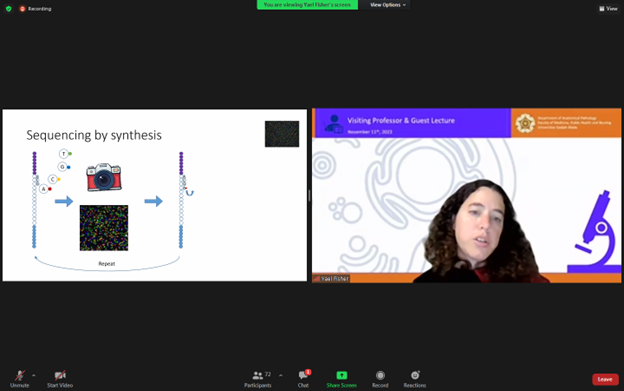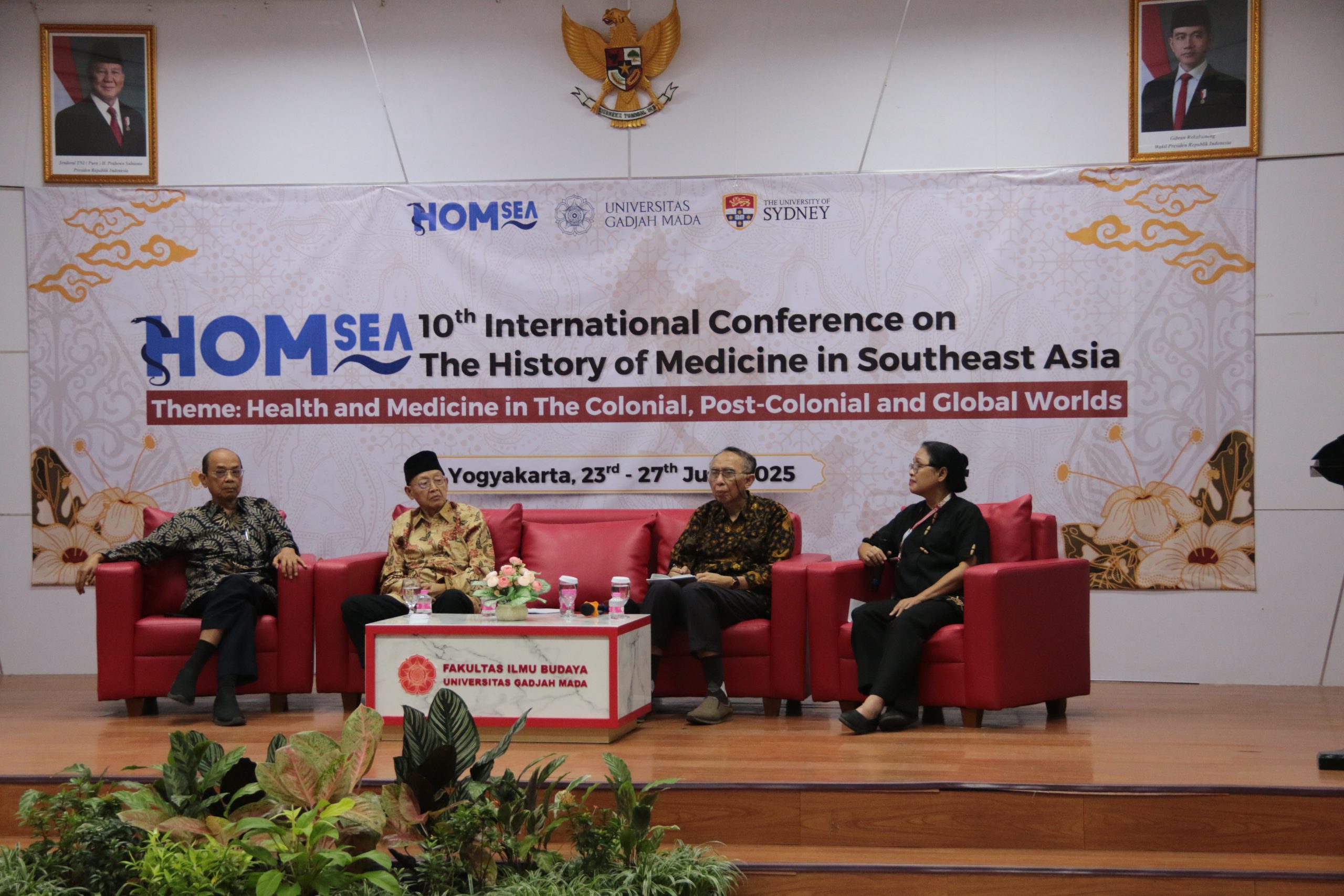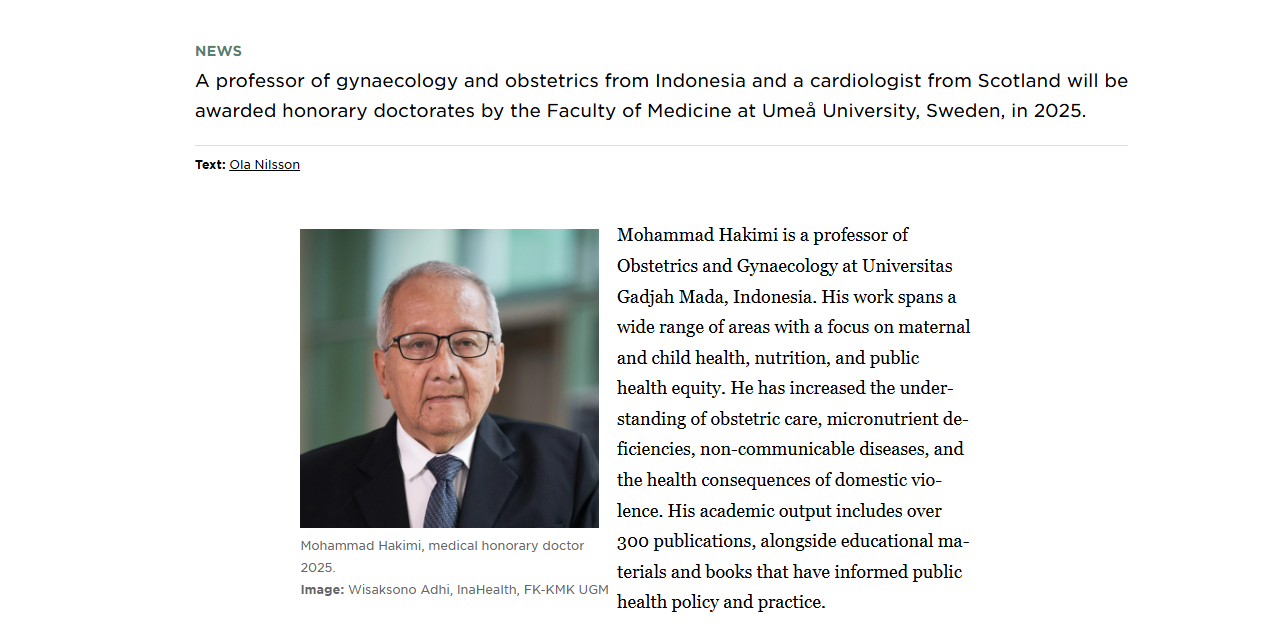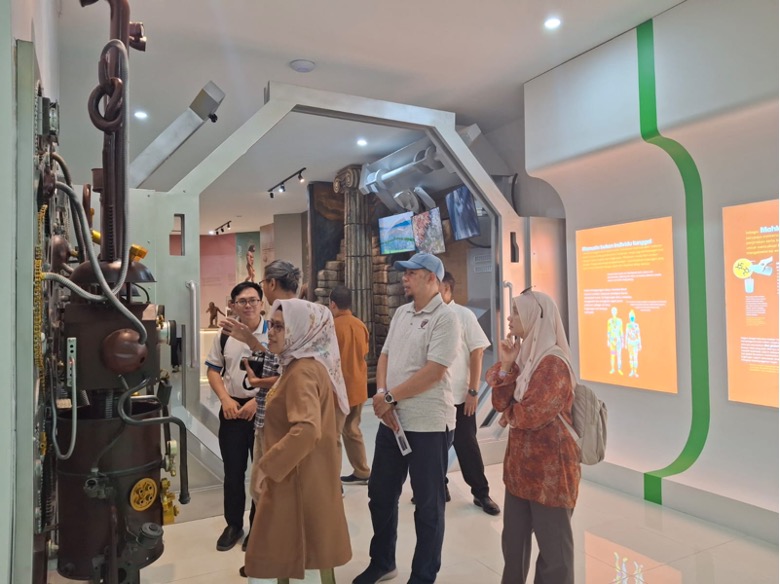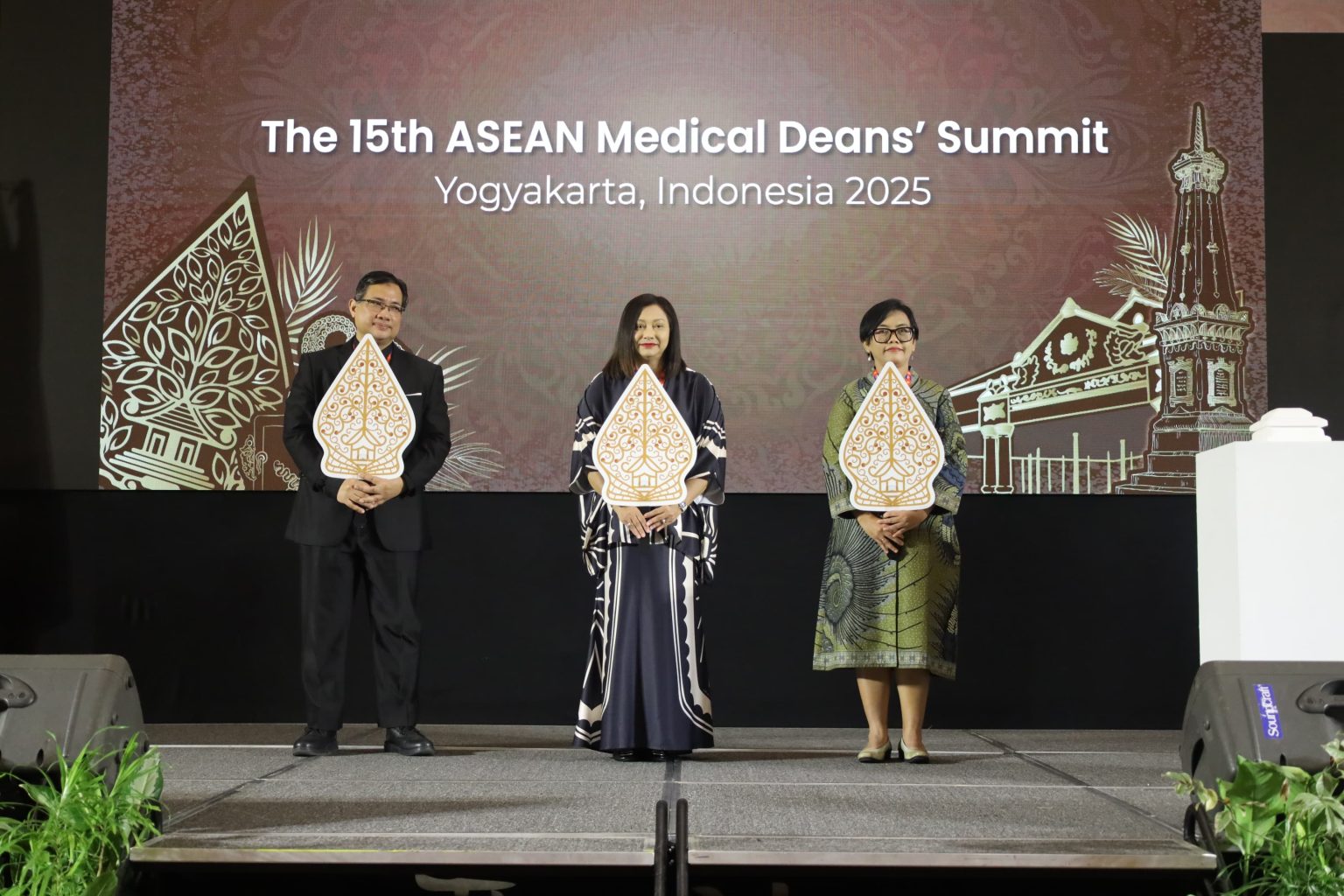FK-KMK UGM. Automated Sanger sequencing is considered ‘first-generation’ technology, newer methods are referred to as next-generation sequencing (NGS), meanwhile heterogeneous strategies using a combination of template preparation, sequencing and imaging, and genome alignment and assembly methods.
This development in sequencing technology is delivered by Brendan C. Dickson, BA, BSc, MD, MSc, FCAP, FRCPC from Mount Sinai Hospital Toronto, California in Visiting Professor dan Guest Lecture event that was held by Department of Pathological Anatomy FK-KMK UGM on Friday (11/11). He brought “Next-Generation Sequencing in the Management of Sarcoma” as his discussion topic.
Based on what he said, there are some basic processes in NGS, such as extraction, preparing DNA/cDNA, adaptors ligated to DNA fragments, and data analysis. “Role of pathologists in these processes is to identify applications, contribute to team decisions, validation, implementation, and quality assurance,” he said.
Second topic titled “Next-Generation Sequencing: Putting Practice into Theory” is delivered by Dr. Yael Fisher, MD from Mount Sinai Hospital Toronto, California.
Yael explained that NGS library is a collection of DNA fragments in a similar size. “When running multiple samples on the same run each sample is marked with a unique barcode sequence,” she added.
In this webinar, also explained the difference between NGS amplicon based and hybrid capture. Amplicon based is suitable for smaller panels, more affordable, and easier workflow. Hybrid capture is better for large comprehensive panels, more expensive, and the workflow is more difficult. (Nirwana/Reporter)

